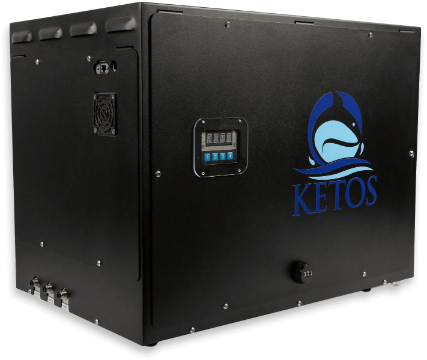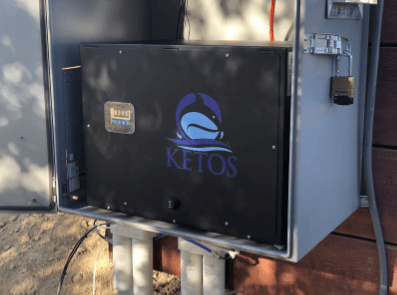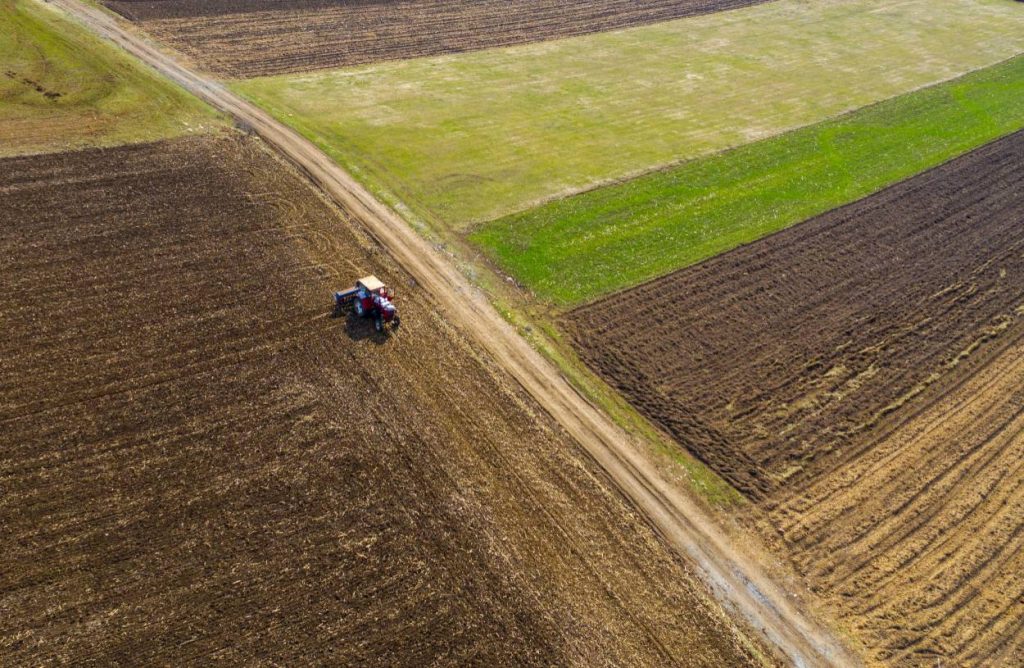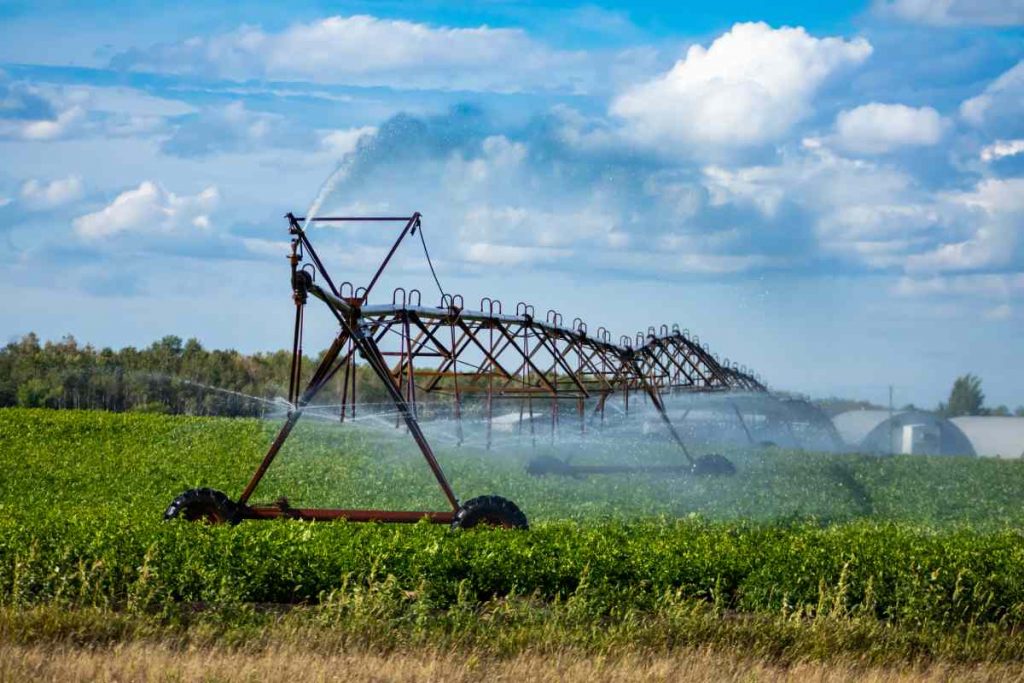Learn How Automated Water Sampling Saves Cities & Businesses Hundreds of Hours Each Year…

PFAS Exposure In the USA
WEBINAR: Operational Value of Water Quality Intelligence in Agriculture
Oct 23, 2024 at 11:00 AM EST

Balance your chemicals accurately and when needed to ensure water quality and protect pre-existing infrastructure.
Farming communities are growing more water conscious—better track water usage to help predict future needs.
Our results are delivered in real-time and are lab-accurate, allowing you to react in real time to water insights.
Place KETOS devices exactly where you need them to monitor influent, effluent, wells, groundwater, and more across a vast geographical area.
Set your parameter threshold alerts so that if any environmental changes happen, you can address the issue and maintain water consistency on the fly.
KETOS monitors for nutrients, environmental factors, heavy metals (lead, arsenic, etc.), and inorganics.




Water is a critical resource for traditional agriculture. It’s a necessary component for growing the crops and produce we enjoy throughout the year and is necessary for irrigation, fertilizer applications, and livestock maintenance.
According to the United States Geographical Survey, agriculture accounts for 65% of the world’s freshwater withdrawals. However, as water resources become stressed, precipitation patterns change, and droughts become more severe (due to climate change), farmers are looking for better ways to manage water supplies. By seeking out efficiencies, farming operations can better ensure water resources are efficient to protect business practices, the environment, and neighboring communities. Automation is making this responsibility easier and more affordable.
With automation, farmers in traditional agriculture can:
Automation also removes the need for manual sampling, saving hundreds of man-hours yearly. This helps farmers decrease costs while benefitting from the added visibility real-time testing provides.
The best part: as a modular system, KETOS can be placed strategically throughout a farm’s water infrastructure to test at various locations across a wide geographic area. With KETOS, farmers can test influent, effluent, wells, waterways, irrigation channels, and more from anywhere, all in one go.
"*" indicates required fields
Subscribe to our newsletter to stay updated with the latest water insights.
"*" indicates required fields
Copyright © All rights reserved.